Frederica Freyberg:
Now to economic news and the new report on the status of workers in Wisconsin. As we look ahead to Labor Day, the Center on Wisconsin Strategy at UW-Madison offers what it calls its Facts and Figures Report on the state of working Wisconsin. Associate director at COWS, Labor Economist Laura Dresser joins us now. Thanks for doing so.
Laura Dresser:
Thanks for having me.
Frederica Freyberg:
So your report says there is good news.
Laura Dresser:
Yes. There is good news. And this is the familiar news of the kind of the great cloud of the great recession of 2007 has really lifted. We’ve had long-term, sustained unemployment at low levels, steady job growth. And so that picture I think is really clear in people’s head right now.
Frederica Freyberg:
There is bad news.
Laura Dresser:
Yes. So we sort of start with that, but I think one of the big mysteries of this moment is given all that good news, why do people — why is — why are these kind of questions of economic insecurity still so salient for people? So we tried to focus this report on these very long-term trends, 30 and 40 years long, that have undermined people’s sense of security, working Wisconsin’s sense of security. That’s the focus of the report.
Frederica Freyberg:
As to that focus, you talk about wage stagnation, that the median wage is only 73 cents higher than it was in 1979 adjusted for inflation.
Laura Dresser:
Yeah, so we’re basically at 18 bucks an hour now. And that’s just barely, like 63 cents an hour higher than it was in 1979 once you adjust for inflation. That stands out as a complete break from the way the economy worked, from the post-World War II into 1979. When the economy grew, wages grew. They were sort of locked together and workers saw the benefits of growth. What we’ve had in the 2000s especially is sort of this wage stagnation in the context of growth. So workers don’t see quite as much good news from low unemployment as they used to. ‘Cause they used to see higher wages too. And it’s just not as prevalent.
Frederica Freyberg:
What explains the stagnation?
Laura Dresser:
I think a lot of people spend a lot of time, but there’s certainly things. There are certainly institutional factors that matter a lot in my analysis or thinking the way I think about what we could do with policy. The state’s minimum wage is $7.25 an hour. The way it was a decade ago. That’s one thing that keeps wages down. Our labor movement, which has often served both through policy approaches and through its own bargaining to keep workers’ wages higher, has been decimated by public policy in this state. So I think we can see things where policy — you know, how do you make that better or why did this happen. We’ve moved away from some policies that actually held working people kind of closer to economic growth.
Frederica Freyberg:
You describe how productivity has grown by 70% during the same period. What is the implication of that?
Laura Dresser:
One way to think about it, like I was talking about that post-war period, across the post war period, if the economy grew by 70%, we’d see wages up by 70%. That would put the median wage today, which is $18 an hour, would be well over $25 an hour today if wages were still locked into productivity the way they were. And you see — that’s sort of this gap that’s growing, that if workers are making, you know, with an hour of labor they’re making 70% more goods and services and if they aren’t bringing home more in wages, then those wages are — that value is going and, as we know, in this economy they’re going to the top end, to owners and managers.
Frederica Freyberg:
Speaking of the top end, you also point in this report to income inequality. The top 1% in Wisconsin is at nearly a million dollars, the rest of the 99% at $51,000? That’s quite a gap.
Laura Dresser:
That is quite a gap. On one of the measures of inequality in this state, we are back to levels that we haven’t seen since 1928. Inequality fell across from basically 1929 through the 1970s, but has been on the climb. And the rewards of economic growth continue to accrue at the very top. So you see a million versus $50,000 and that gap is just growing.
Frederica Freyberg:
All right. We leave it there. Thanks for your work, Laura Dresser.
Laura Dresser:
Thanks for having me.
Search Episodes
Related Stories from PBS Wisconsin's Blog

Donate to sign up. Activate and sign in to Passport. It's that easy to help PBS Wisconsin serve your community through media that educates, inspires, and entertains.
Make your membership gift today
Only for new users: Activate Passport using your code or email address
Already a member?
Look up my account
Need some help? Go to FAQ or visit PBS Passport Help
Need help accessing PBS Wisconsin anywhere?

Online Access | Platform & Device Access | Cable or Satellite Access | Over-The-Air Access
Visit Access Guide
Need help accessing PBS Wisconsin anywhere?

Visit Our
Live TV Access Guide
Online AccessPlatform & Device Access
Cable or Satellite Access
Over-The-Air Access
Visit Access Guide
 Passport
Passport





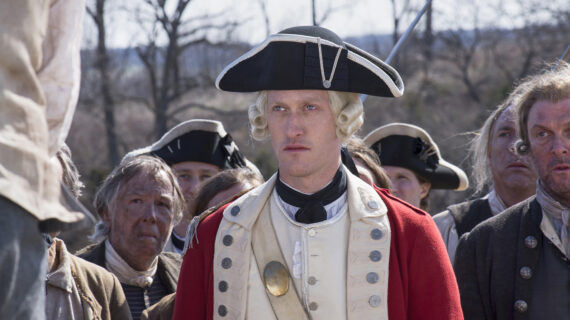
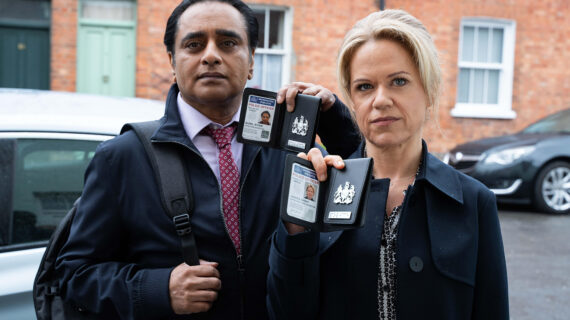
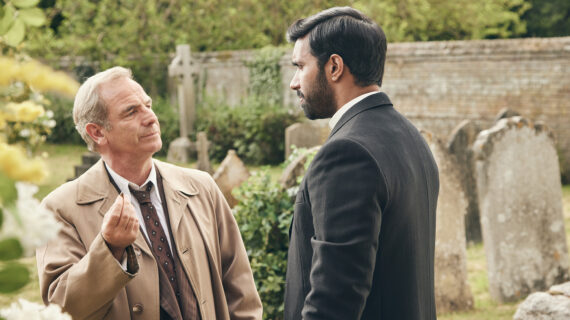


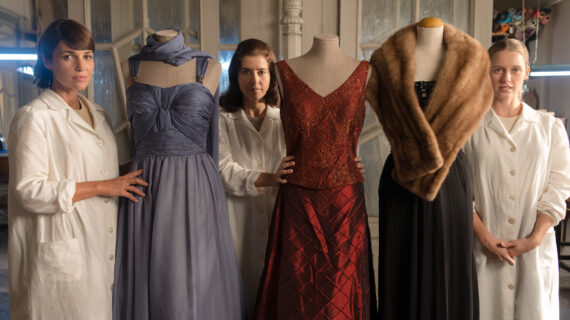
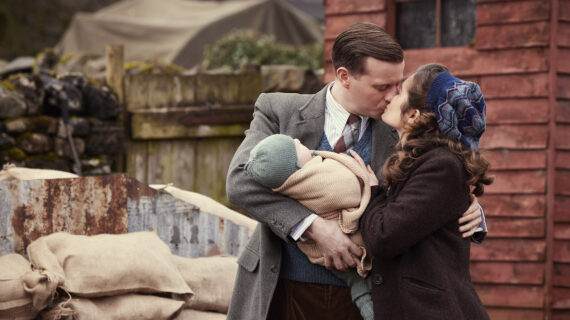

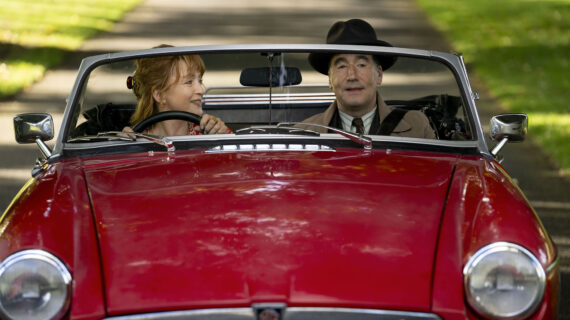
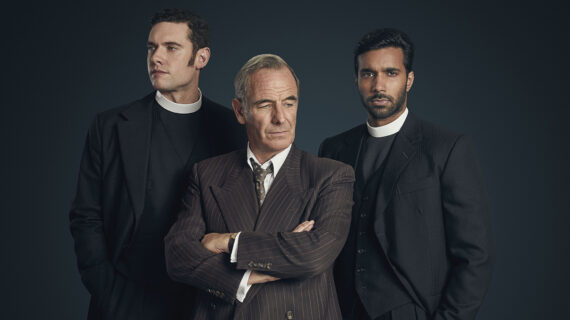
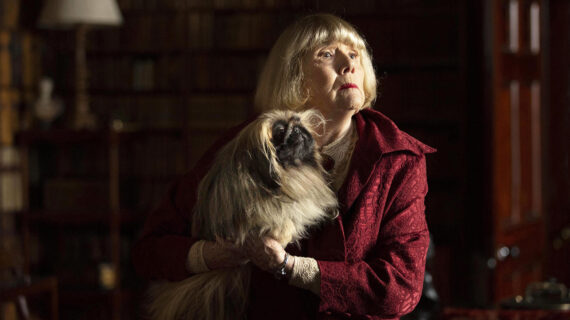

Follow Us